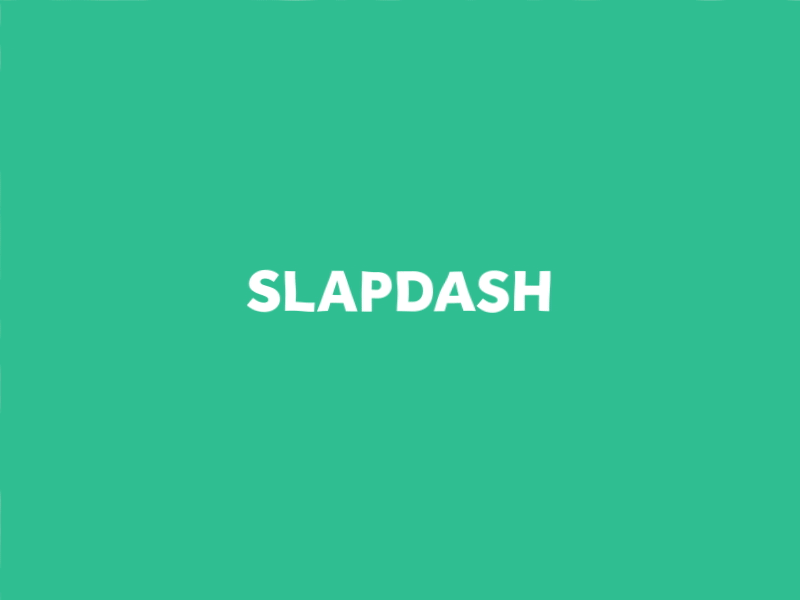

But hip-hop is about mythology, and suburban kids who fall in love with the music have really fallen in love with its myths and legends. Expansion of my record collection was limited to whatever recently-abandoned rap twelve-inches the local record store within biking distance stocked in the used bin that week. Most of my knowledge of DJing came from watching Youtube videos. I’m just a fan, a white suburban kid who took to turntablism in the 21st Century at age 14. I won’t try to pinpoint where it all started. It forces the audience to look closer, listen closer.

So much style that it’s wasted, to quote Steve Malkmus. The result is stimulus overload, too much to take in. His style is somewhere between artfully selective and haphazard. He’s grabbing every color he can fit in the over-the-shoulder sling bag. The late-night bomber responsible for this mural isn’t packing a color scheme and working with variations of tone. Don’t touch the paint, it’s radioactive.Ī megamix isn’t monochromatic artwork. The megamix is a variegated mural, with flashes of color – neon pink, chartreuse, head-gash red – popping off chipped concrete, an amalgamation of flavor so fresh it strains the vision, so vivid it glows. The essence of hip-hop not only as music but as a sociocultural phenomenon is embedded in its most important art form: the multi-track megamix. Rolling Stone can re-rank the 100 greatest hip-hop songs of all-time ’til Snoop’s final mic-drop blows a fissure through the earth and triggers Armageddon, but they’re misleading the unknowing masses into thinking these are the greatest, most representative recorded moments in the genre’s history. “Yo, hold up, money grip! Get off that bullshucks…”įrom hip-hop’s infancy, the cool summer evenings in New York City parks where DJs mixed everything from Sesame Street records to James Brown, so long as there was a hot drum break pressed into the grooves, the genre was rooted in eclectic taste. Is he aware he’s in the process of creating one of the greatest works of music in human history? In a studio, maybe even a bedroom or living room, DJ Tony A “The Wizard” (N.W.A.’s forgotten member, their “fifth Beatle”), is catching wreck on two turntables, recording his auditory concoctions into a multi-track tape recorder. The place is undoubtedly Compton, California. After Easy explains he has the police on his drawls and a chilly 40-ouncer resting between his legs, the horns from “Second That Emotion” slot over the bumps with grainy analog bliss, and Smokey Robinson sings about the sweet kisses of a one-night stand, his voice dripping honey-sweet pathos while Syl Johnson moans and a woman giggles, call-and-response style, on the libido-satisfying opening break to “Different Strokes”. Easy E‘s pubescent-sounding voice is scratched amongst a barrage of samples before he’s freed to rap the opening lines of “8-Ball” with the drums doubled-up on Boogie Down Production’s beat.

P.O.S (Stephan Alexander) brings it all down in ruin with his vocal flow while Turrentine’s alto sax cries over the Invitations’ tenor and some dude’s spoken-word snippet gets cut up in the left channel. The beat from Boogie Down Production’s “My Philosophy” (which is a beefed-up loop of Stanley Turrentine’s “Sister Sanctified”) and De La Soul’s “Plug Tunin'” (sampled from Manzel’s “Midnight Theme”) morph together like two perfectly-laid bricks on a brownstone, the overlapping drums cemented by a smooth plane of mortar.


 0 kommentar(er)
0 kommentar(er)
